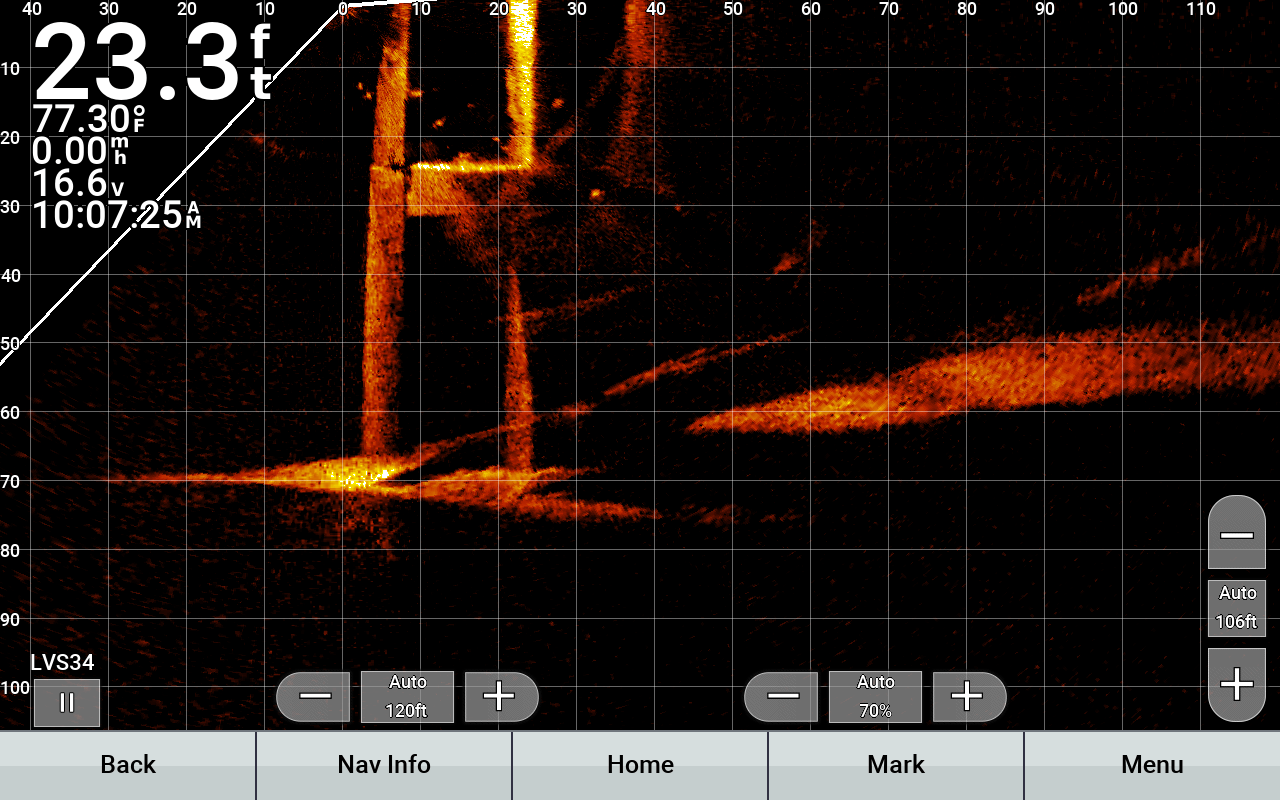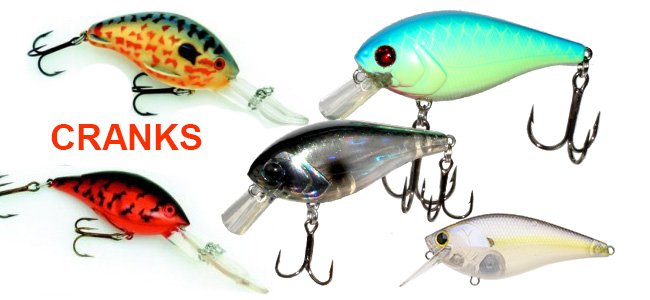
You don’t have to be miserable when fishing in cold weather and we’ll go over a fishing in cold weather and how to keep warm on those cold rainy days.
Heading out to uncover your boat for a day on the lake, you notice the cover is frozen solid and there’s ice across the windows of your truck.
You ponder for a minute – do I really want to go fishing today? Knowing that you’ll be numb at least for the first few hours. The minute goes by, hell ya I’m going fishing. Who’s gonna listen when I whine about it being too cold anyway?
Truth is, you don’t have to be so cold it’s uncomfortable–yes it’s cold and I’m not saying you won’t be a little cold, but with the right gear it’s bearable.
Every day is different, but with layers you can adjust for the conditions.
Base Layer: I’m using a Grundens base layer. Be sure to get tall. After going through a ton of different manufactures, I found these to be the best for fishing as the bottoms are a little taller where they don’t fall down, exposing skin. With the top, I also get the Tall size that can be tucked further down, again so you don’t expose any skin. Below the thermals I wear snug boxer briefs cuz it’s no fun if they bunch up. On top, I wear a snug tee shirt under the thermals for the simple reason I wear the thermals for several days and I want them to stay as clean as possible. You also want the tee shirt long, so it will stay tucked in too.
2nd Layer Bottoms: On top of the thermal bottoms I wear insulated nylon sports pants, like Under Armour. I have two different pairs, one that is light-weight for mild days and another that has heavier insulation for colder or rainy days. You can usually find a good selection at Marshalls for a good price. Be sure to get a color that matches your jersey so you’ll look good at weigh in. Jeans or pants will work in a pinch, but sports pants are more comfortable (flexible) and keep you warmer.
2nd Layer Top: Your upper body needs more insulation, so over my thermal I wear a long sleeve tee shirt and then a hooded sweatshirt over that. I have a few different hoodies so I’ll use thicker ones, like my Okuma sweatshirt when it’s colder. If it’s down in the 20s Columbia makes a thin Omni-Heat jacket that works instead of a sweatshirt but only when it’s really cold because it will keep you so warm you’ll overheat once it warms up a little.
Outer Bottoms: For the outer layer, I wear Grundens bibs and top. Rain pants don’t work when it’s cold and raining -they will ride down and you’ll get a cold and wet ass – just no fun. There are lots of great rain gear out there but I’ve been using these for a couple of years and I’m staying dry even in heavy rain. Let me tell you, when it’s 42 degrees pouring rain and you feel the cold water soaking through your thermals working up your back, you’ll wish you had these.

Outer Top: On top, I have a couple of options. If it’s dry and warming, I’ll wear a lightweight Grundens jacket / sweatshirt, but if it’s cold, I’ll wear a jacket that will fend off the wind. When it’s dry, you need wind protection because your base layers will keep you warm, but they are not wind resistant. When it’s raining, it is very important to stay dry. You want a good hood that will cover your head with without too much downward pressure (which will give you a headache) and still be able to see out of; you want the front to be able to close up tight so no water comes in when you’re running–Grundens Transmit does a good job.
No matter if the rest of your body is warm: cold hands, feet or head can make for a miserable day.
Socks: First, I wear a good pair of compression socks. The ones from CEP Compression USA work well and that’s it for socks. With the new compression socks, you don’t need to double up or do anything special.
Boots: Columbia makes waterproof boots, however they update often, so it’s difficult to name an exact boot. Grundens makes a 12″ rubber boot that will keep your feet dry but you may need to wear wool or heated socks because they not insulated.
Extra Feet Warmth: Even with good compression socks and waterproof boots, your feet might get cold, so on those super wintry days, I use heated socks. These are pretty cool and adjust with an app on your phone. The only thing I don’t like is they are a little thick and can cramp your feet if you don’t have extra room in your boots.
Hands: Probably the most difficult to keep warm. I use Buff Sport Series full fingered gloves when it’s really cold and then fingerless when it’s not as bad – both can be worn while fishing. Sometimes when it’s raining, I’ll wear thin rubber mechanics gloves underneath. When driving, I wear the Polar Tec gloves, purchased from Phil’s Propellers. These Polar Tec gloves (I think are made in Sweden) are thick rubber with a nice lining where it’s easy to put on even if your hands are wet.
Head: Heat rises so keeping your head warm goes a long way. I start with a thick buff with vented holes. This one covers the top of your head, your face and down your neck perfect for cold weather. Then if it’s not too cold, I’ll wear a beanie, but on those super bitter days I wear a trapper hat, be sure the trapper hat you buy has a clip, otherwise it’s too difficult to get on and off.
When it’s raining (while fishing) I usually wear a hat with a sturdy bill over the buff and then the hoodie hood over that and then the rain gear hood on top. Make sure it’s not too tight or it will give you a headache.
Driving: When driving in the rain I wear a motorcycle helmet and tuck the collar of my rain gear up in side. The Save Phace helmet works great for the passenger but I’ve found they fog up, making it difficult to see and the reason I opt for a helmet. With a helmet, I can flip the visor up if it gets foggy. One downside to a helmet is when it’s rough your head will bounce around, but it sure is nice in the pouring rain. I believe there is a lightweight helmet option out there, but I haven’t researched since mine works fine.
On clear days, I rarely wear a helmet and opt for goggles that overlap my face gear without much skin exposed. Using the Balaclava, the Columbia Trapper with Goggles will keep your face and head warm on a long run.
In addition to the clothing, I bring along some Hot Hands heat packs and put one in each pocket for a little warm up. These are great for the cold, but they don’t work when wet.
I’m hoping my years of trial and error combating the cold will help you be a little more comfortable on the water this winter. See more fishing articles here.








